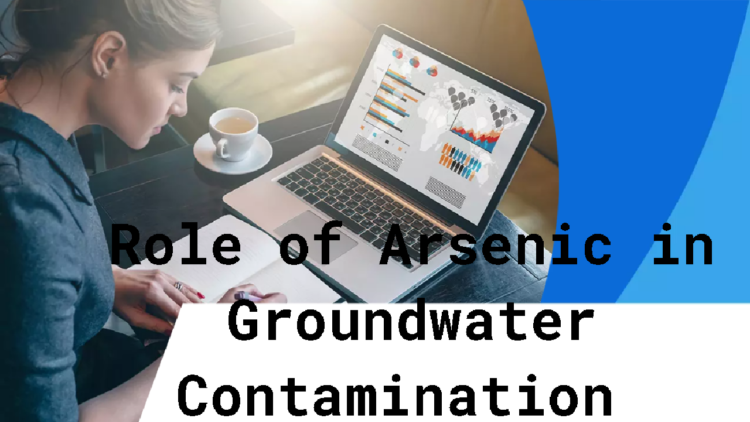Arsenic is a toxic chemical element that can be found in natural deposits in the earth’s crust. When groundwater comes into contact with these deposits, then it dissolve and accumulate arsenic, resulting in arsenic contamination in drinking water.
The presence of arsenic in groundwater is a serious public health concern, Arsenic can lead to a range of health problems, including skin lesions, cancer, cardiovascular disease, and neurological effects.
Arsenic contamination of groundwater is particularly prevalent in certain parts of the world, such as Bangladesh, India, Pakistan and parts of South America, where natural deposits of arsenic are abundant and groundwater is commonly used for drinking and cooking.
Various human activities, including mining, agriculture, and industrial processes, can also contribute to arsenic contamination of groundwater. For example, mining activities can release arsenic into the environment, while the use of arsenic-containing pesticides in agriculture can lead to contamination of soil and groundwater.
Effective management strategies, such as regular testing and treatment of groundwater sources, are necessary to prevent arsenic contamination and protect public health.
Reactions of Arsenic in Groundwater
Arsenic can react with other compounds in groundwater in various ways depending on the specific chemical and physical & Biological conditions of the water. Here are some reactions that can occur:
Adsorption: Arsenic can be adsorbed onto the surfaces of minerals or sediment particles in the groundwater, reducing its concentration in the water.
Oxidation: Arsenic can be oxidized from its reduced form, arsenite (As III), to its oxidized form, arsenate (As V), in the presence of oxygen or other oxidizing agents such as manganese dioxide.
Reduction: Arsenate can be reduced to arsenite in the presence of organic matter or other reducing agents.
Precipitation: Arsenic can form precipitates with certain minerals, such as iron or calcium carbonate, and settle to the bottom of the groundwater.
Complexation: Arsenic can form complexes with other elements or compounds, such as iron or organic matter, which can affect its mobility in groundwater.
These reactions can affect the behavior of arsenic in groundwater and its potential to contaminate drinking water sources. Some of these reactions can also be harnessed to remove arsenic from groundwater through treatment processes such as adsorption onto minerals or sediment particles, or oxidation followed by filtration.









Contact us for any query:
Email us: onlinehydrologyeducation@gmail.com
WhatsApp: +92 3024599827
Follow us on Social Media
*Facebook Page*: https://www.facebook.com/onlinehydrologyeducation
*Twitter:* https://twitter.com/onlinehydrology?t=XglBxnXk2fCcwGhUJesbmw&s=09
*Instagram:* https://www.instagram.com/onlinehydrologyeducation
*Linkedin:* https://www.linkedin.com/company/online-hydrology-education
*YouTube:* https://youtube.com/channel/UC-l8sjuURmXwOnLRue7tSzA
Best Regards:
Online Hydrology Education Team